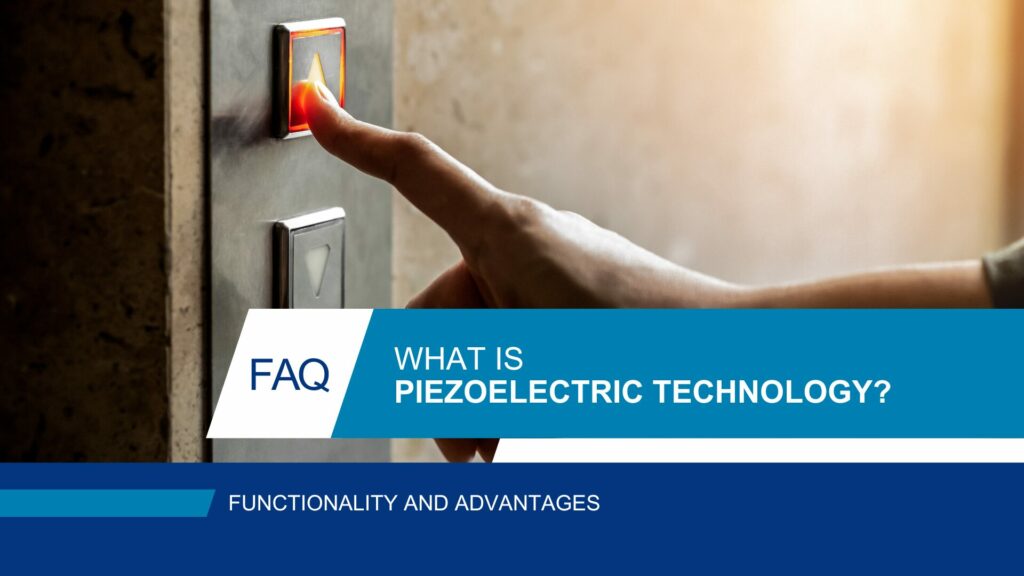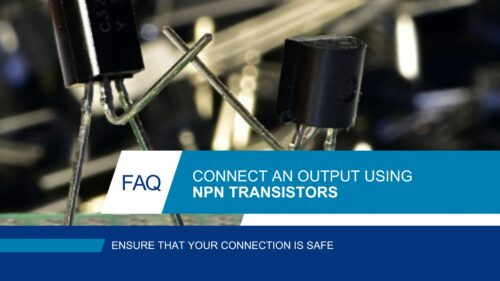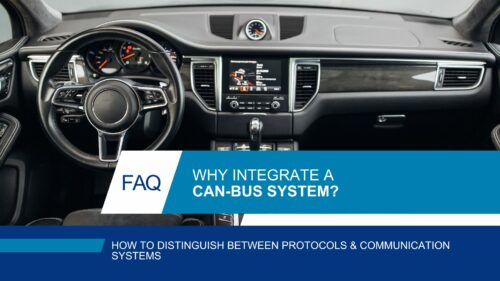Background: Discovered in 1880 by French physicians Pierre and Jacques Curie, piezoelectricity was first used during World War I in sonar systems. Since then, it has become part of many other applications in everyday life, research and industries. APEM started developing piezo switches in 2001 with the PBA series.
PIEZOELECTRICITY: HOW DOES IT WORK?
Piezoelectric technology utilizes the piezoelectric effect, where applying mechanical stress to certain materials, known as piezoelectric elements, generates electrical energy. When pressure deforms these elements, typically crystals or ceramics, they produce an electric charge.
Converting mechanical energy into electrical energy is important for sensors and actuators. Quick and accurate responses to mechanical inputs are necessary in these applications. The efficiency and sensitivity of piezoelectric materials make them valuable in both industrial and consumer products.
WHAT ARE THE MAIN ADVANTAGES OF PIEZOELECTRIC SWITCHES?
Environmentally resilient:
The main advantage lies in the fact that the components do not make contact, so there is no risk of wear. These switches excel in extreme environments; they are inherently resistant to environmental hazards such as vibrations, humidity, and temperature fluctuations. Their strength makes them ideal for outdoor use, marine settings, and areas with changing conditions. This ensures reliable performance in any situation.
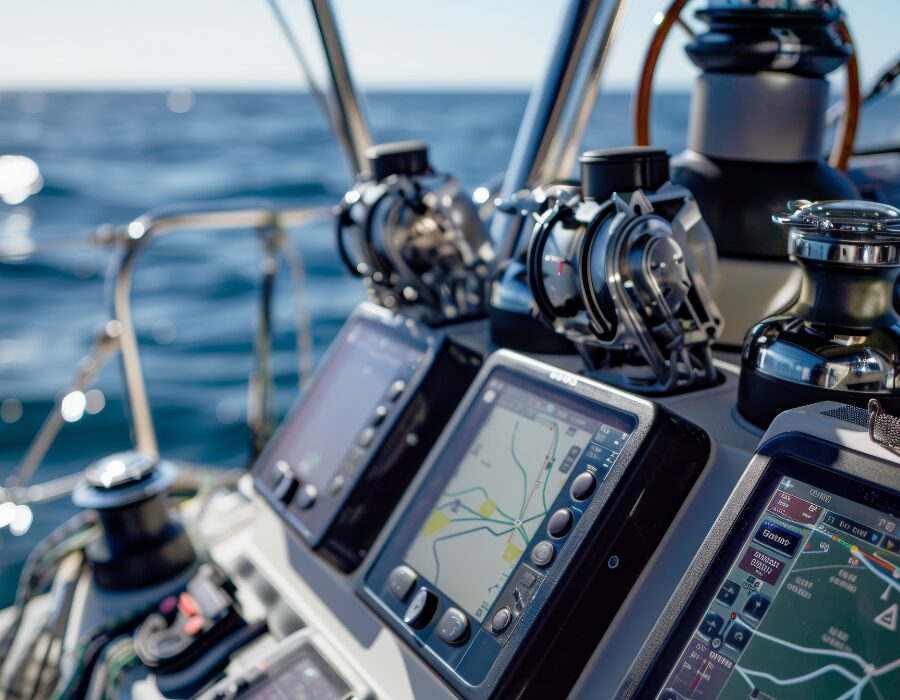

Highly responsive and accurate:
Piezoelectric switches quickly and accurately respond to inputs by converting mechanical pressure into electrical signals. This allows for faster reaction times in critical applications such as medical devices and industrial machinery, where precision and efficiency are paramount.
Energy efficient:
These switches require no electrical power to maintain their state and only generate electrical charge when activated. This feature drastically reduces their power consumption, making them an eco-friendly option for energy-sensitive systems. It also enables their use in low-power applications, like remote or wireless devices where power efficiency is important.
APEM markets products with IP69K frontal sealing for applications in particularly harsh environments, as well as versions certified according to the ATEX 2014/34/EU directive for use in explosive environments.
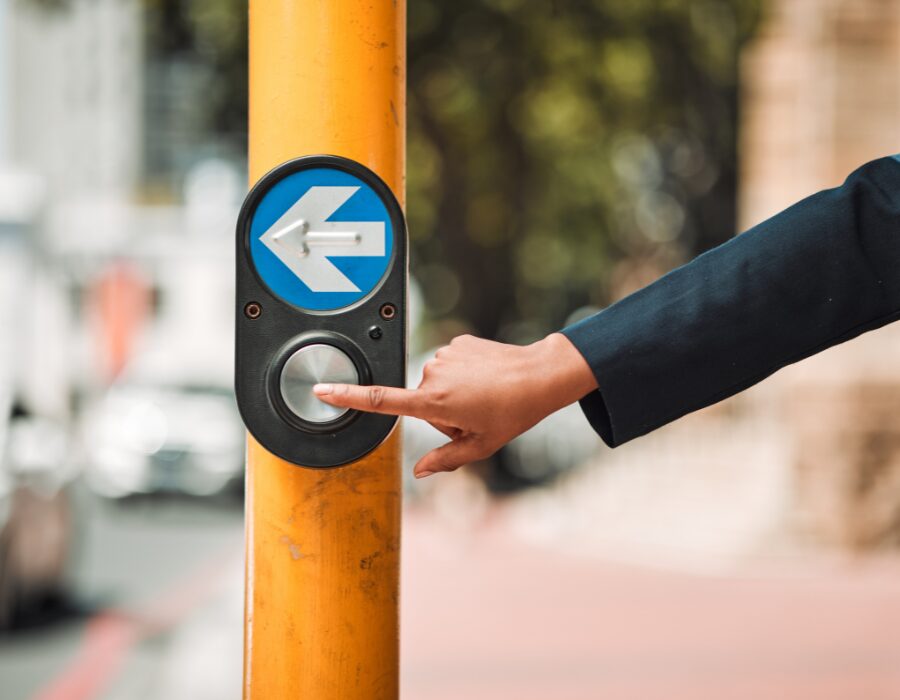
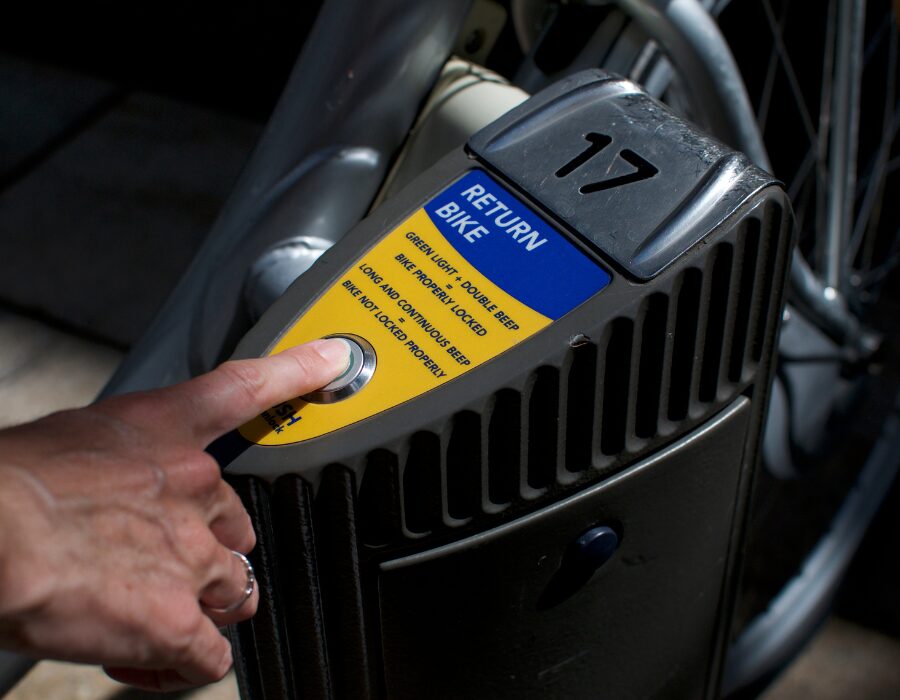
MAIN APPLICATIONS
The APEM PBA series switches are popular in the food and medical industries. This is because they are resistant to detergents, making them ideal for repeated use and cleaning.
Piezoelectric switches have applications in the marine industry and other harsh environments. They are suitable for boats or underwater equipment, but they are also ideal for outdoor access control. Generally speaking, piezo switches are well suited to all applications involving intense use, given their long service life.
APEM’s PIEZOELECTRIC SWITCHES AND KEYPADS
APEM provides piezoelectric switches with the PBA series:
Available in 16 mm, 19 mm, 22 mm, and 30 mm sizes
Flush or protruding version
Backlighting available with a wide or thin translucent or colored ring available in single, bi-color or tri-color versions by dot illumination
ATEX version (certified according to directive ATEX 2014/34/EU)
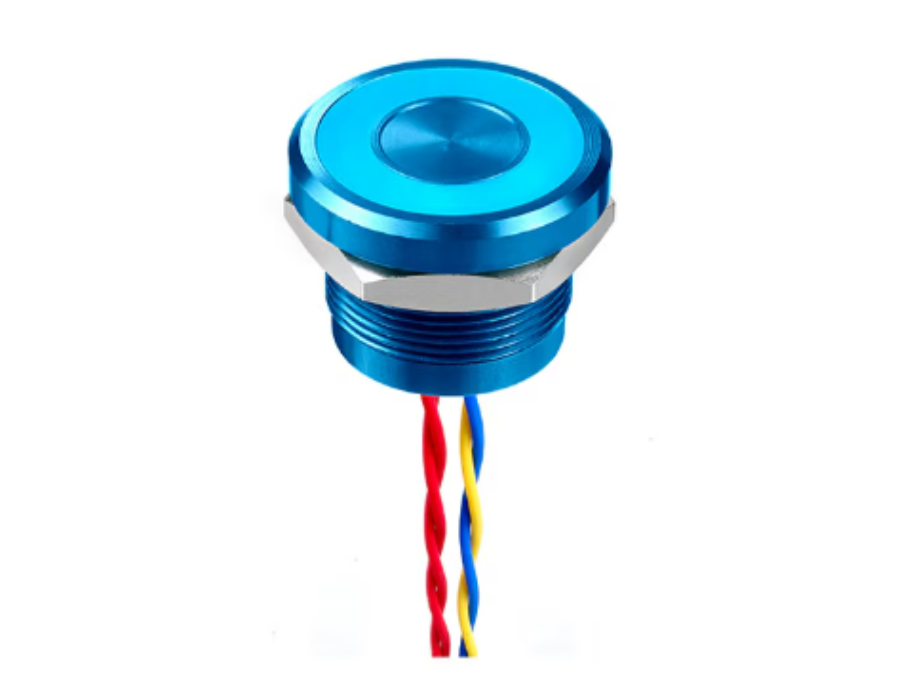
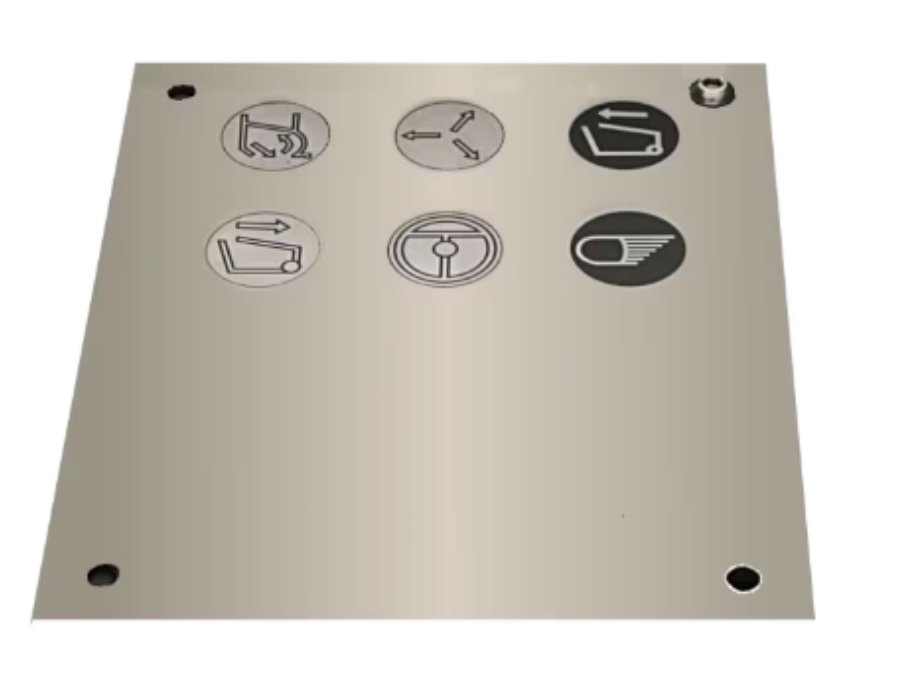
APEM also provides piezoelectric keypads featuring pressure-sensitive, water, and dustproof keys ideal for harsh environments. They boast a sleek aluminum front, require no power at rest, and prevent accidental activation. Options include customizable sizes, colors, backlighting, and multiple mounting and communication protocols. Perfect for public, medical, and access systems.
